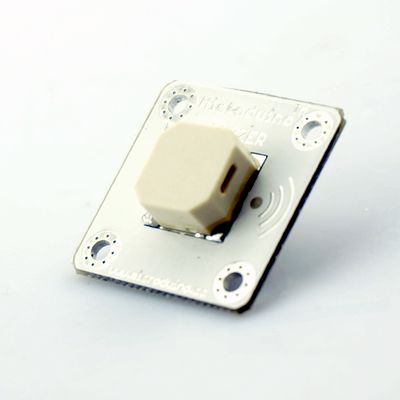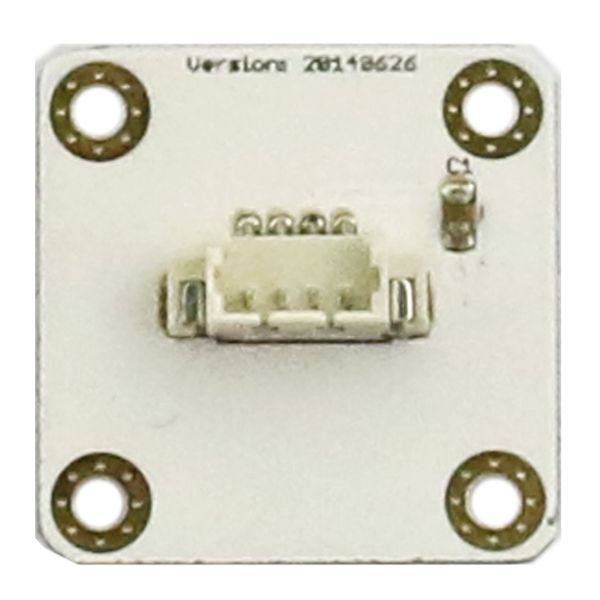Difference between revisions of "Sensor-Buzzer"
From Microduino Wiki
m (Fengfeng moved page Microduino-Buzzer to Sensor-Buzzer) |
|||
| Line 29: | Line 29: | ||
*Hardware Needed: [[Microduino-Core]], [[Microduino-USBTTL]], [[Microduino-Sensorhub]], several dupont lines and USB cable; | *Hardware Needed: [[Microduino-Core]], [[Microduino-USBTTL]], [[Microduino-Sensorhub]], several dupont lines and USB cable; | ||
*Software: | *Software: | ||
| − | **Make sure you did build Microduino development | + | **Make sure you did build Microduino development environment or you need to refer to: [[Microduino Getting start]] |
*Program | *Program | ||
<source lang="cpp"> | <source lang="cpp"> | ||
Revision as of 09:52, 28 September 2016
| Language: | English • 中文 |
|---|
|
Microduino-Buzzer is a passive buzzer. Like a magnetic speaker, it needs voltage with different frequency so that it can make sound accordingly. The pitch becomes louder when the frequency gets higher.
ContentsFeature
Specification
Document
DevelopmentIt can be used to make various kinds of sound through the buzzer. Application
#define buzzer_pin 6
void setup()
{
pinMode(buzzer_pin,OUTPUT);
}
void loop()
{
for(int i=200;i<=800;i++) //Increase the frequency from 200HZ to 800HZ circularly.
{
tone(buzzer_pin,i); //Output frequency in the port.
delay(5); //The frequency lasts for 5ms.
}
delay(1000); //The highest frequency lasts for 1s.
for(int i=800;i>=200;i--)
{
tone(buzzer_pin,i);
delay(10); //The frequency lasts 10ms.
}
}
PurchaseHistoryImage
|


